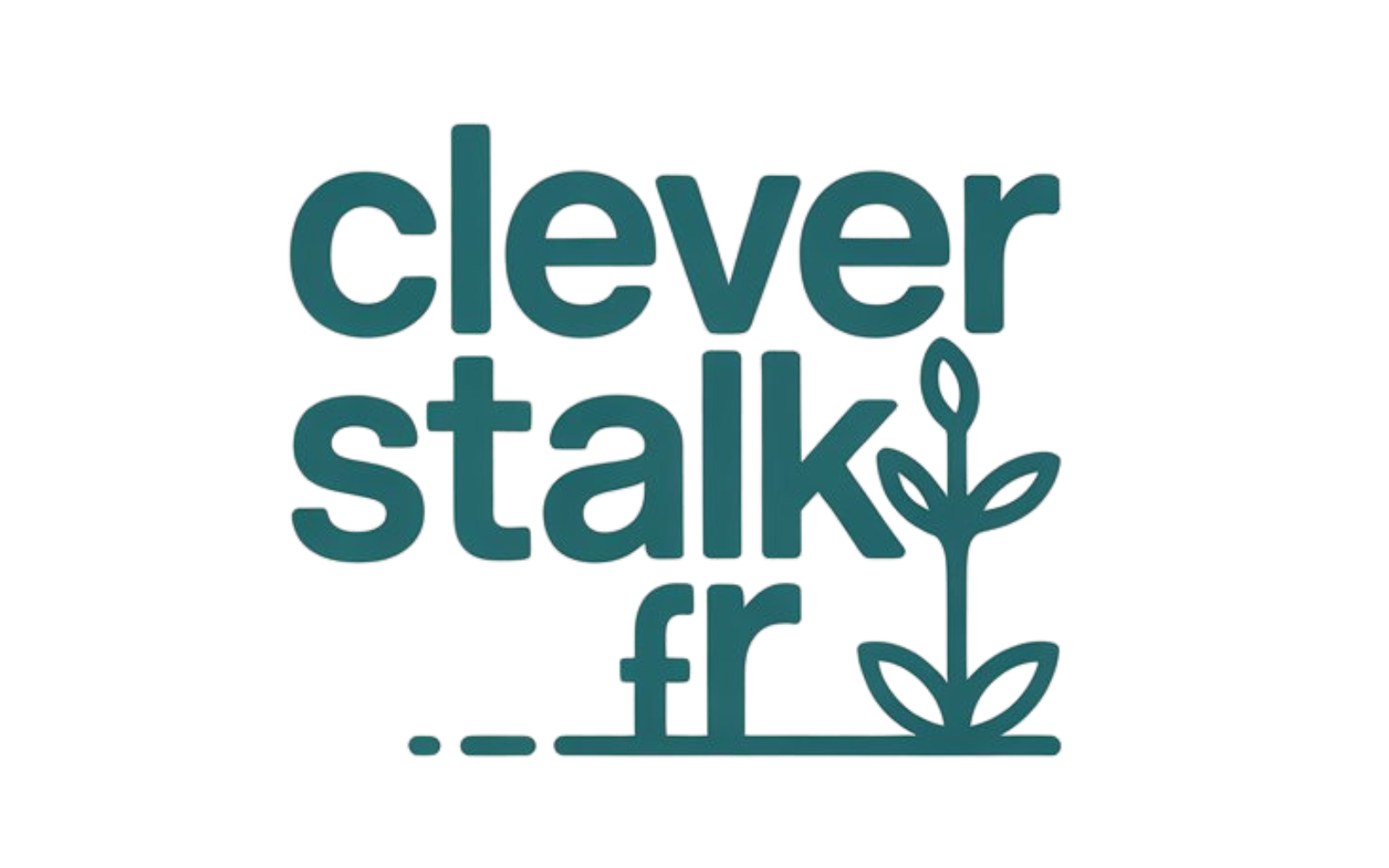The Bolshevik Revolution of 1917 was a major turning point in world history.
It marked the rise of the first communist government, led by Vladimir Lenin and the Bolshevik Party, overthrowing Russia’s Provisional Government.
This seismic shift had ripple effects across the globe, especially in the United States.
Many Americans watched the revolution with suspicion and concern, fearing the spread of communism to their own country.
So how exactly did the United States respond to the Bolshevik Revolution? This article will explore the political, military, economic, and diplomatic reactions of the U.S. government and society to this dramatic event.
Initial Reaction: Shock and Suspicion
When the Bolsheviks seized power in November 1917, the U.S. government and public were initially stunned.
The revolution occurred during World War I, and the new Bolshevik government quickly sought peace with Germany through the Treaty of Brest-Litovsk, pulling Russia out of the war.
This move angered the Allies, including the United States, as it freed up German troops to fight on the Western Front.
The American government viewed the Bolsheviks with deep suspicion, seeing them as radical revolutionaries who threatened democracy and capitalism.
President Woodrow Wilson and his advisors feared the spread of Bolshevik ideology, often called communism or “Bolshevism,” to the United States and other Western nations.
Political and Diplomatic Response
The United States refused to officially recognize the Bolshevik government.
Instead, it continued to support the previous Russian authorities, including the Provisional Government and later the anti-Bolshevik White forces during the Russian Civil War.
American leaders believed that recognizing the Bolsheviks would legitimize a regime that was violently suppressing political opponents and undermining democratic principles.
Diplomatically, the U.S. maintained a hardline stance.
Relations with Soviet Russia were frozen, and the American government participated in international efforts to isolate the new regime politically and economically.
This non-recognition lasted until 1933, when the Roosevelt administration formally recognized the Soviet Union.
Military Involvement: The Allied Intervention in the Russian Civil War
One of the most direct ways the U.S. responded was through military involvement in the Russian Civil War (1918-1920).
The United States joined other Allied powers—including Britain, France, and Japan—in sending troops to support anti-Bolshevik forces known as the Whites.
American troops were deployed mainly in northern Russia (Archangel) and Siberia.
Their official mission was to protect war supplies sent to the Russian allies during World War I and to assist in the evacuation of the Czechoslovak Legion, a large group of soldiers stranded in Russia.
However, the U.S. and other Allied powers also aimed to help the Whites defeat the Bolsheviks and restore a government friendly to the West.
Despite their efforts, the Bolsheviks ultimately prevailed, and the American troops withdrew by 1920.
Economic Response: Sanctions and Blockades
The U.S. government also used economic tools to pressure the Bolshevik regime.
It supported trade restrictions and blockades designed to weaken the Soviet government by limiting its access to resources and international markets.
American businesses, however, were cautious. Some saw potential in trading with the new regime, but the government’s official policies discouraged economic relations.
The fear of spreading communist ideas and destabilizing capitalist economies contributed to a general American policy of economic isolation from Soviet Russia during this time.
Domestic Impact: The Red Scare
The Bolshevik Revolution triggered widespread fear of communist influence in the United States, leading to the First Red Scare (1919-1920).
American authorities launched aggressive campaigns against suspected radicals, anarchists, and communists, fearing a revolution at home.
This domestic crackdown included raids, arrests, and deportations of individuals believed to be promoting communist ideas.
The fear of Bolshevik subversion shaped U.S. politics and society, fueling suspicion of labor movements, immigrants, and leftist political groups.
Summary
The United States responded to the Bolshevik Revolution with suspicion, rejection, and active opposition. Politically, the U.S. refused to recognize the Bolshevik government and supported anti-communist forces.
Militarily, American troops took part in the Allied intervention during the Russian Civil War.
Economically, the U.S. imposed sanctions and limited trade. Domestically, fear of communism sparked the Red Scare.
This multifaceted response reflected American fears about communism and the desire to protect democratic and capitalist institutions both at home and abroad.
It set the tone for U.S.-Soviet relations for many decades, shaping a cautious and often hostile stance that lasted well into the Cold War era.

